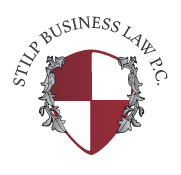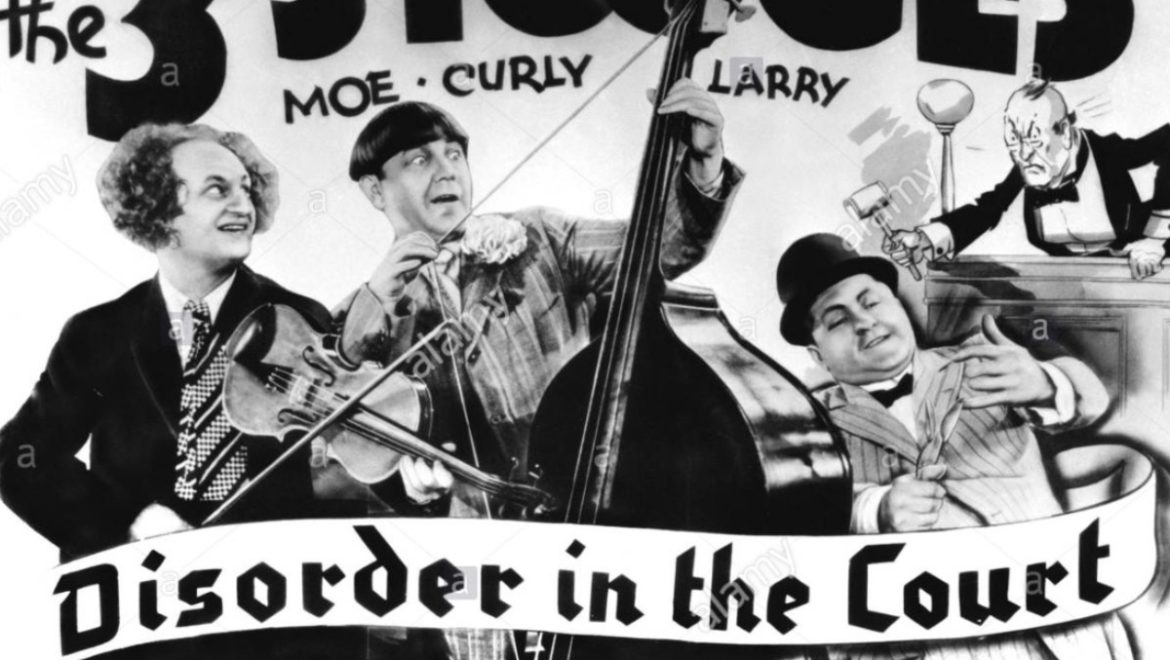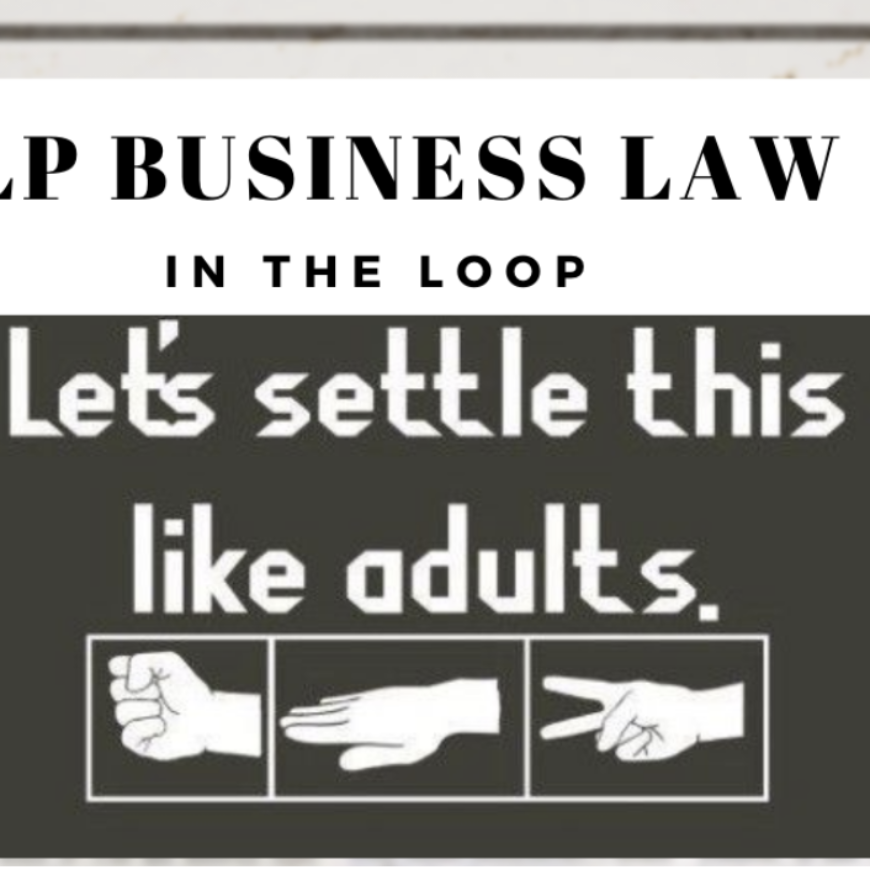Thomas Stilp, JD, MBA/MM, LLM, MSC
Where one side to a lawsuit cannot get the upper hand, bullying tactics come into play. The following is an excerpt from a deposition in an actual case.
First, let us provide a definition of a deposition. (See Stilp, T., “A Model Letter to Witnesses,” 82 Ill. Bar Journal 441). A deposition is a question-and-answer session between the attorneys to a lawsuit and a witness. Fundamentally, lawyers take depositions to discover what a witness knows and to preserve testimony for trial. The deposition is usually held in a lawyer’s office. Those present are (1) the witness, (2) the court reporter to record the testimony, (3) lawyers for all parties to the lawsuit, and (4) the parties themselves or their representatives. A judge does not attend the deposition and will rule on objections later when issues are presented by the parties.
Depositions are extremely common in lawsuits. To set the stage, the questions in the deposition excerpt below asked about the witness’s knowledge concerning a demand for payment, a relatively simple thing.
Note that the client for the overly-aggressive lawyer realizes there is a problem, and after being denied a recess, uses the excuse of having to take a bathroom break in order to speak to his out-of-control lawyer. [Omissions are not noted in the quoted text, and the identity of Attorney #1 is masked to extend some professional courtesy]:
ATTORNEY #1: Hold on. You’ve burned another bridge. We’re not getting into that.
ATTORNEY #2: [Looking at the Witness] So you are not going to answer the question?
ATTORNEY #1: This is why this is so ludicrous it’s laughable: You sent the e-mail saying $10.3 million. Why did you send that e-mail demanding $10.3 million? And now you want to quiz him on whether he was worried about that.
ATTORNEY #2: Yes.
ATTORNEY #1: It doesn’t matter. You sent it. He’s not going to answer why you did what you did. You still have your hand out. And until you do, it’s going to smacked down. So that’s the end of this.
ATTORNEY #2: [Ignoring Attorney #1, looking at Witness] So you took the $10.3 million as a credible —
ATTORNEY #1: You sent it. Are you not a credible lawyer? Are you, honest to God, asking him that question? You sent the e-mail. Now you want to say, oh, that was a joke.
ATTORNEY #2: [To Attorney #1] You need to calm down.
ATTORNEY #1: No. You need to grow up and you need to quit asking questions that are ridiculous.
ATTORNEY #2: We’re not going to get personal about this.
ATTORNEY #1: Oh, kicking me out of the —
THE WITNESS: Why don’t we take a brief break?
ATTORNEY #2: No, no, no. Let’s continue.
ATTORNEY #1: Let’s not take a break. Let’s keep going. This is ridiculous. I will stand in front of the Court and say the same thing. You sent an e-mail making a demand and now you’re asking him did he take it seriously.
THE WITNESS: I personally need a bathroom break. Do you mind if we do that?
In doing everything possible to avoid having his client answer questions, Attorney #1 has opened himself and his client up for sanctions. After the break, the Witness would be only too happy to respond to questions to get through the very painful ordeal of testifying with his out-of-control lawyer at his side.
After years of trial work (we’ve taken over 150 cases to trial), we’ve seen just about everything, and handled every kind of personality.Hemingway called it “grace under pressure,” and despite obstacles, we provide litigation strategies that work in the real world.
image cred: https://en.wikipedia.org/wiki/Disorder_in_the_Court



